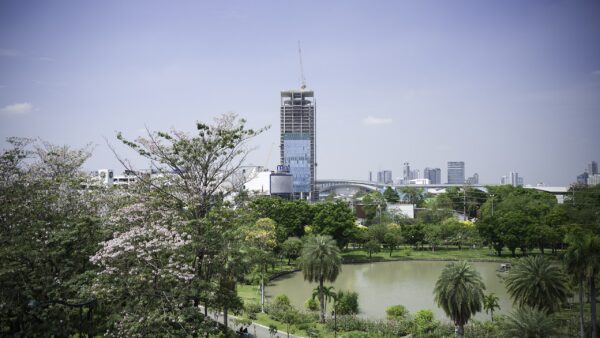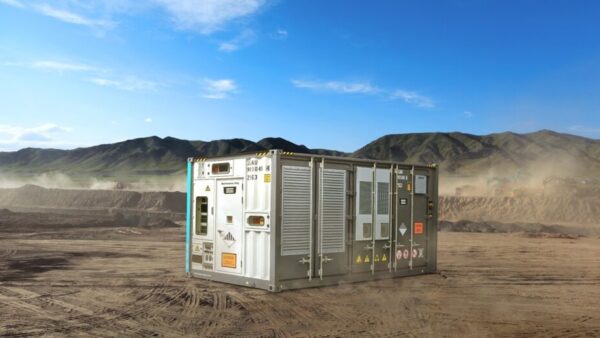China wants to export electricity to its neighbours because it has built too many new coal-fired power plants amid declining domestic demand.
State Grid Corp. of China, which runs most of the country’s distribution network, is considering how to sell electricity to India, South Korea, Japan and Southeast Asia – which would require a massive investment in long-distance, high-voltage power lines.
The world’s biggest investor in fossil-fuel generation, China started more than 70 gigawatts worth of new coal power generating capacity last year and had 200 gigawatts under construction at the end of April, the Paris-based International Energy Agency said in September.
But most plants are sitting idle over half the time, and other sources of electricity including nuclear and renewables are catching up with domestic demand.
Also in September Greenpeace warned that China is in danger of wasting $150bn on excess coal power capacity by 2020, even as the country seeks to reduce emissions.
Power officials appear now to be acknowledging the situation.
“We can export to India and Southeast Asia where the power supply is inadequate,” Zhang Qiping, chief engineer of State Grid Corp, said this week at a conference hosted by Bloomberg New Energy Finance in Shanghai.
“The economy is in a sluggish status,” said Sun Jichang, deputy secretary-general for enterprise management association at State Grid. “The economic growth rate is slowing down, and that’s directly affecting electricity.”
Wang Min, vice general manager at State Grid, proposed an ultra-high-voltage global power network to transmit electricity, by 2050, from continent to continent, with costs estimated at $50 trillion to develop, Bloomberg reported.
Image: Jungliangcheng Power Plant in Tianjin, China. The country built coal plants fast but most spend half their time idle amid declining demand (Wikimedia Commons)










